Three wild cats inhabit Spain: the European wildcat, the African wildcat, and the Iberian lynx.
About Spain
Spain is a country in southwestern Europe and North Africa that occupies 85% of the Iberian Peninsula. It has two coastlines: one on the East and South and the other on the Cantabrian Sea (the coastal sea of the Atlantic Ocean bordering the northern coast of Spain and the southwest side of the Atlantic coast of France).
Most of the country has a dry summer climate. It is one of the most biodiverse countries in Europe, with many different types of habitats and environmental conditions. It has the largest number of plant species (7,600) and vertebrate animals (570) of all the European countries.
2025 Wild Cat Population Estimates in Spain
| Wild Cat Species | Estimated Population in Spain | Notes |
|---|---|---|
| Iberian Lynx | ~2,000 (adults and juveniles) | As of 2023, per IUCN and conservation reports; includes Spain and Portugal, with ~86% in Spain. |
| European Wildcat | ~2,000–5,000 | Rough estimate; no precise recent census exists for Spain alone. Widespread but patchy distribution. |
| African Wildcat | Unknown (likely <100) | Restricted to Mallorca, Ceuta, and Melilla; no comprehensive recent count available. |
Species Descriptions: Wild Cats in Spain
Spain is home to three wild cat species: the Iberian lynx, the European wildcat, and the African wildcat. The European wildcat and African wildcat are small wild cats, and the Iberian lynx is a medium-sized wild cat.
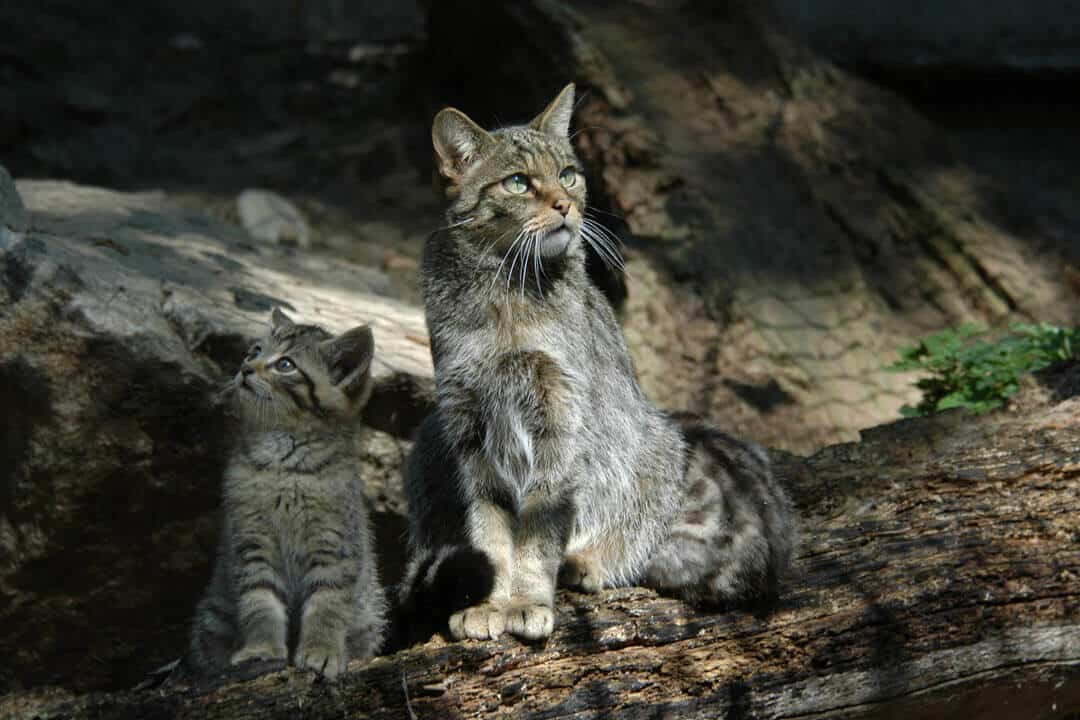
European Wildcat
Felis silvestris silvestris
Found in Europe, Scotland, Italy, Turkey and the Caucasus (a region between the Black Sea and Caspian Sea), and the Iberian Peninsula (Spain/Portugal) in the central, north, and northwest areas. A small wildcat that inhabits forests with fur that varies in color from grey to brown.
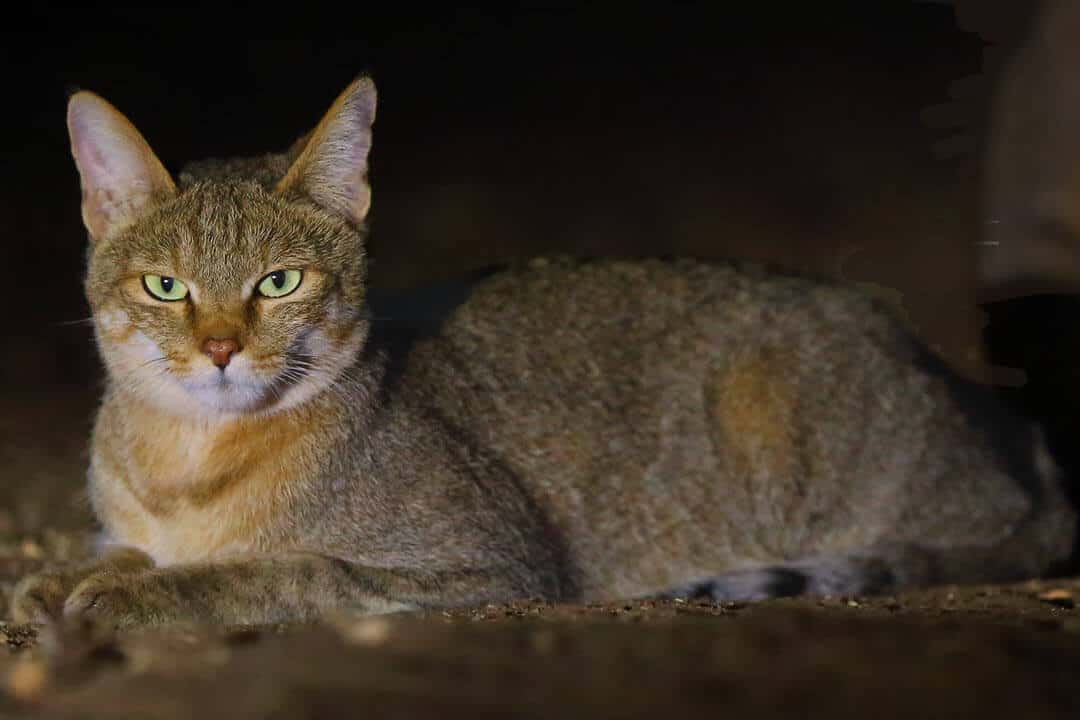
African Wildcat
Felis lybica lybica
A small wild cat that inhabits North Africa, West and Central Asia. In Spain, it is found in Mallorca, the largest island of the Balearic islands off the coast of Spain. The cat’s fur is sandy grey with pales stripes.

Iberian Lynx
Lynx pardinus
The Iberian lynx is a endangered wild cat that can be found on the Iberian Peninsula. It was on the verge of extinction in 2002 with only 94 cats in the wild. As of May 2023, the population had increased to 1668.
Wild Cat Conservation in Spain
Each of Spain’s wild cats faces different problems that make it hard for them to survive.
About 20 years ago, the Iberian lynx was in big trouble—only about 100 were left because people hunted them, their homes were destroyed by farms and roads, and their main food, rabbits, got sick and died off. Conservationists (people who protect animals) stepped in with a plan: they bred lynxes in captivity (like a zoo) and then let them go back into the wild. It worked! There are now over 2,000 Iberian lynxes. However, they still face challenges such as being hit by cars, illegal hunting, and a lack of rabbits to eat. People are working hard to fix these issues by making roads safer and helping rabbit numbers grow.
The European wildcat is a small cat that inhabits forests throughout Spain, particularly in areas remote from human habitation. Its biggest problem is mixing with regular pet cats. When wildcats and house cats have babies together, it’s called hybridization, and it makes the wildcats less special and pure. Another issue is that their forest homes are sometimes cut down or changed, and they don’t have as much space to live. Plus, some people mistake them for regular cats and accidentally hurt them. Conservationists are trying to protect their forests and keep pet cats away from wildcat areas to help them stay safe.
In Spain, the African wild cat is only found on the island of Mallorca and in tiny spots in Ceuta and Melilla (places near Africa). Like the European wildcat, its main problem is interbreeding with domestic cats, which disrupts its natural behavior. It also doesn’t have a lot of space to live, as these areas are small and crowded with people. Not as many people study or protect this cat compared to the others, so it’s harder to know how it’s doing. Efforts to help it focus on controlling pet cats and monitoring the number of African wildcats remaining.
What is Being Done
For the Iberian lynx, breeding programs and releasing them into new areas have been highly successful. For the European and African wildcats, the focus is on keeping their homes safe and stopping them from mixing with pet cats. Laws protect all these cats, and groups work together to ensure they have sufficient food and space.

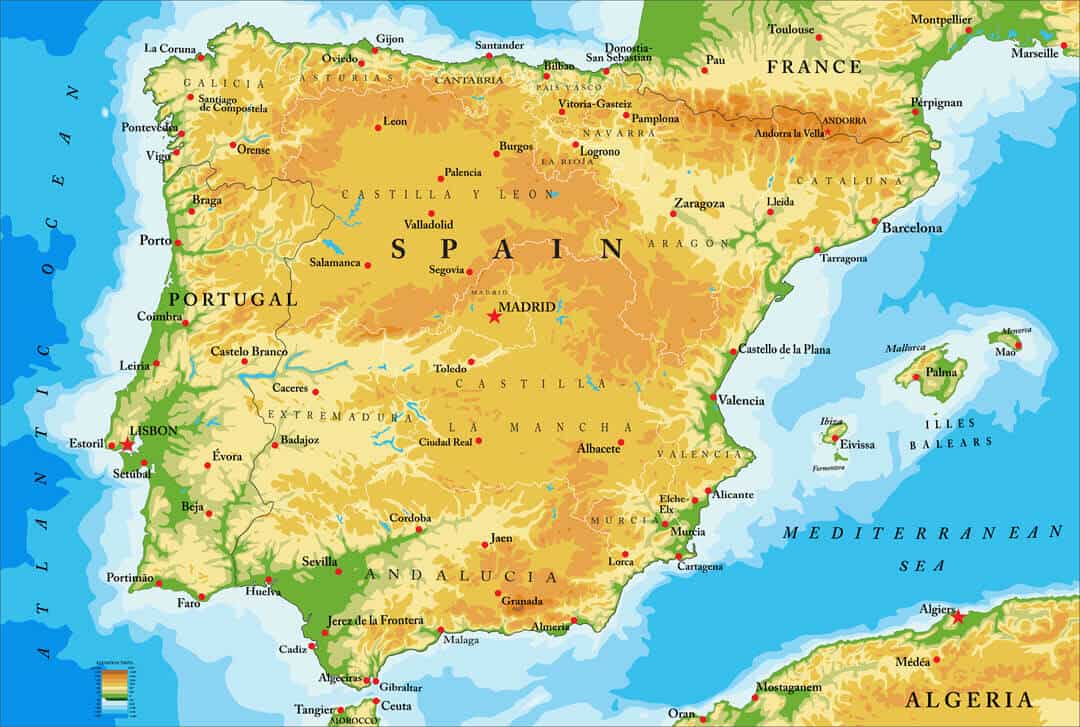

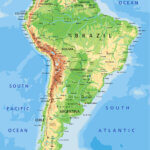

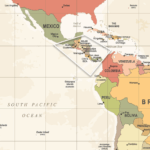



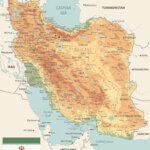





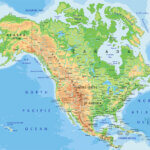

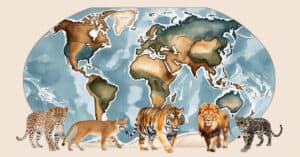

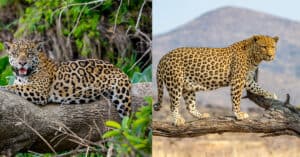
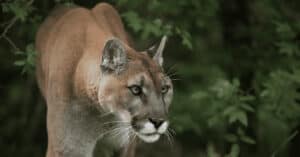
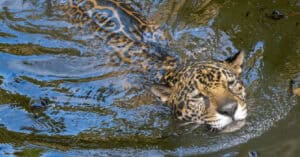
0 Comments